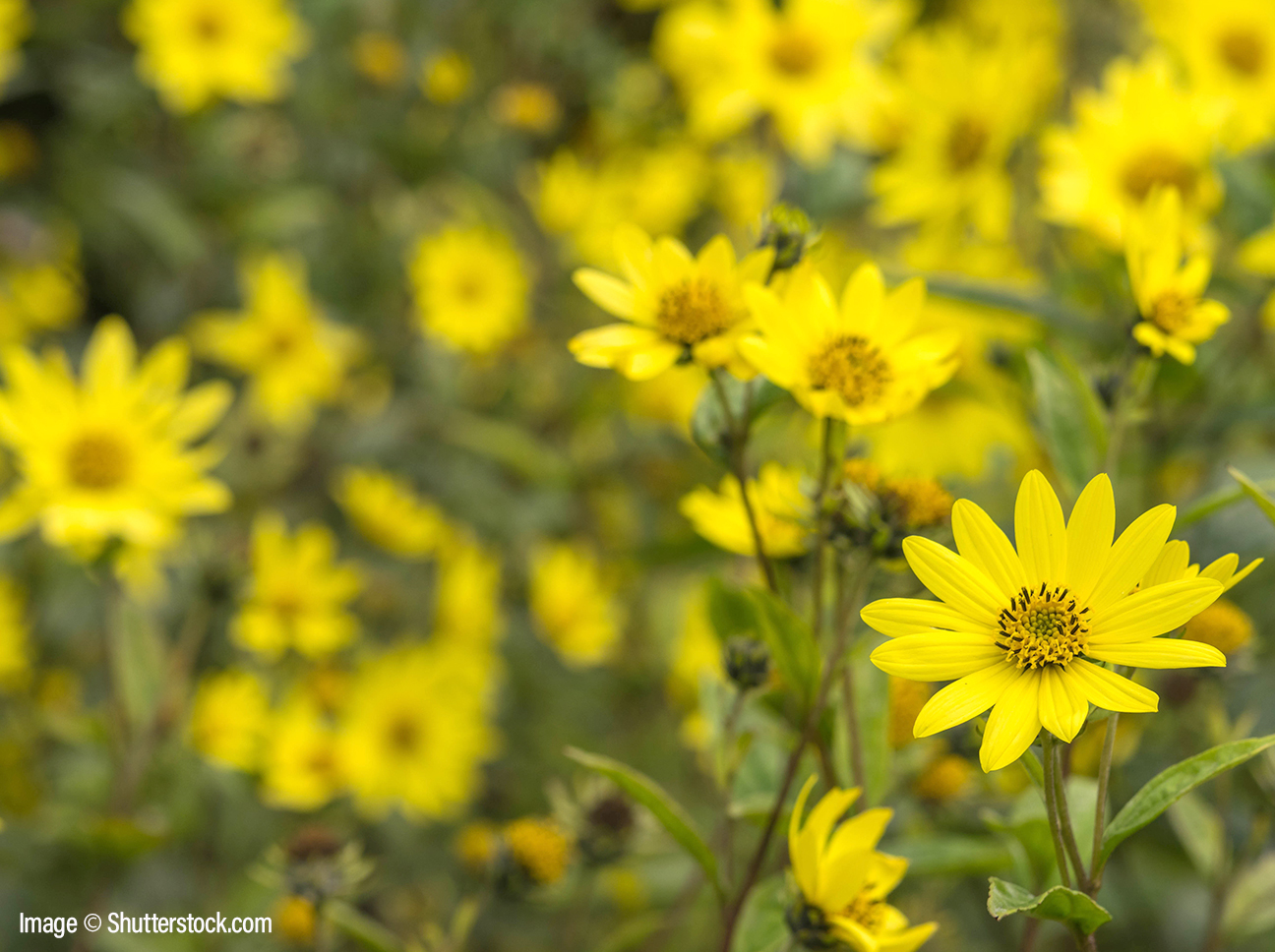Ragwort is a tall erect plant up to 90cm (3ft) tall bearing large flat-topped clusters of yellow daisy-like flowers from July to October. Ragwort is biennial and it’s seeds lie dormant within the ground. This means removal methods may have to be used annually until the weed is eradicated.
The Weeds Act 1959 specifies five injurious weeds of which common ragwort is one. It requires landowners to ‘take such action as may be necessary to prevent the weeds from spreading’. There is also the Control of Ragwort Act (2003) and the Code of Practice on How to Prevent the Spread of Ragwort – DEFRA.
Ensure that you get on top of any ragwort in or near your fields before a small patch turns into a huge problem. Each ragwort plant produces many thousands of seeds, so it is important to pull up each plant with its roots before it can set seed. Ragwort loses its unpalatable taste once cut or dried so removal of all pulled plants from fields is essential as it doesn’t loss any of it’s toxicity.
It is even more important that you WEAR GLOVES to do this – the same toxins that damage your horse’s liver when eaten can also be absorbed across your skin and damage YOUR liver too! The British Horse Society provide free advice and literature on ragwort control. Go to the BHS Interactive Guide to Dealing with Ragwort in England here or call 01926 707807 for more information.
Stopping ragwort from growing is especially important in light of new research showing that even when ragwort is not visible in hay, it can be present at high enough levels to cause liver disease. Using state-of-the-art chromatography and spectrometry techniques, researchers examined hay from a batch that had been fed to horses which developed diarrhoea and raised liver enzymes. No ragwort was visible in the hay to the naked eye, but significant levels of ragwort toxins were found.
The clear take home message is: you can’t tell whether or not hay is free of ragwort just by looking at it! Carrying out thorough control of ragwort is the only practical way to minimise the risk of contaminating hay with this deadly weed.
Last reviewed July 2019
